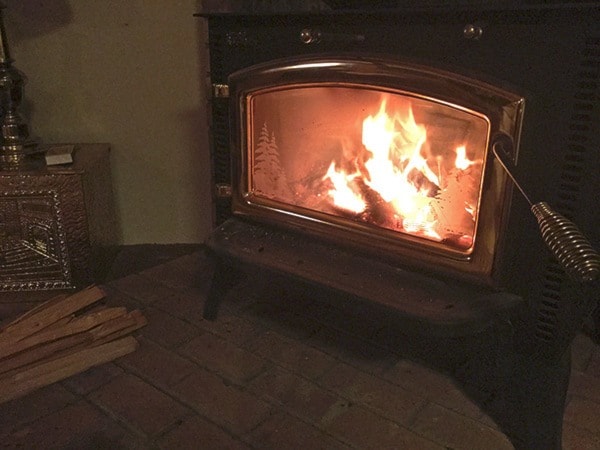Aside from the traditional holiday festivities of decorating the tree, hanging stockings and indulging in egg nog, another fast-trending tradition is turning on the television to embrace the warm glow of the holiday fireplace. We all know it. The 24-hour channel that shows the amber and crackle of logs burning in a fireplace.
Sometimes we see the bricks creativity decorated or the logs strategically placed to ensure long-lasting warmth. At times, we also burst with excitement at the moment when a hand comes into view, reaches for the poker and rearranges the logs. We jump with enthusiasm if that hands places a new log onto the fire. That is what we do.
But where does the concept of the Yule log (yes it has a name) come from? There are various folk origin stories as to why the Yule log is traditionally burnt during the holiday season, yet no single one is identified as the root. One association is that it is linked to the coldness of the winter months.
The term ‘yule’ was mostly utilized by Anglo-Saxon paganism. Most of the yule events occurred during the chillier months. Many of the terms the Anglo-Saxons used have been modernized, such as: the “yule boar” now being called the Christmas ham and “yule singing” replaced with the term “caroling.”
This winter as you start to feel the icier chill of the December days, sit down with a warm cup of yule chocolate, put on a pair of your yule slippers and embrace the balminess and heat of the yule log burning on television, in hopes of seeing the short glimpse of the yule hand.
– Shana Vanderark is an author and mother. Follow her on Instagram @ShanaMamaa
